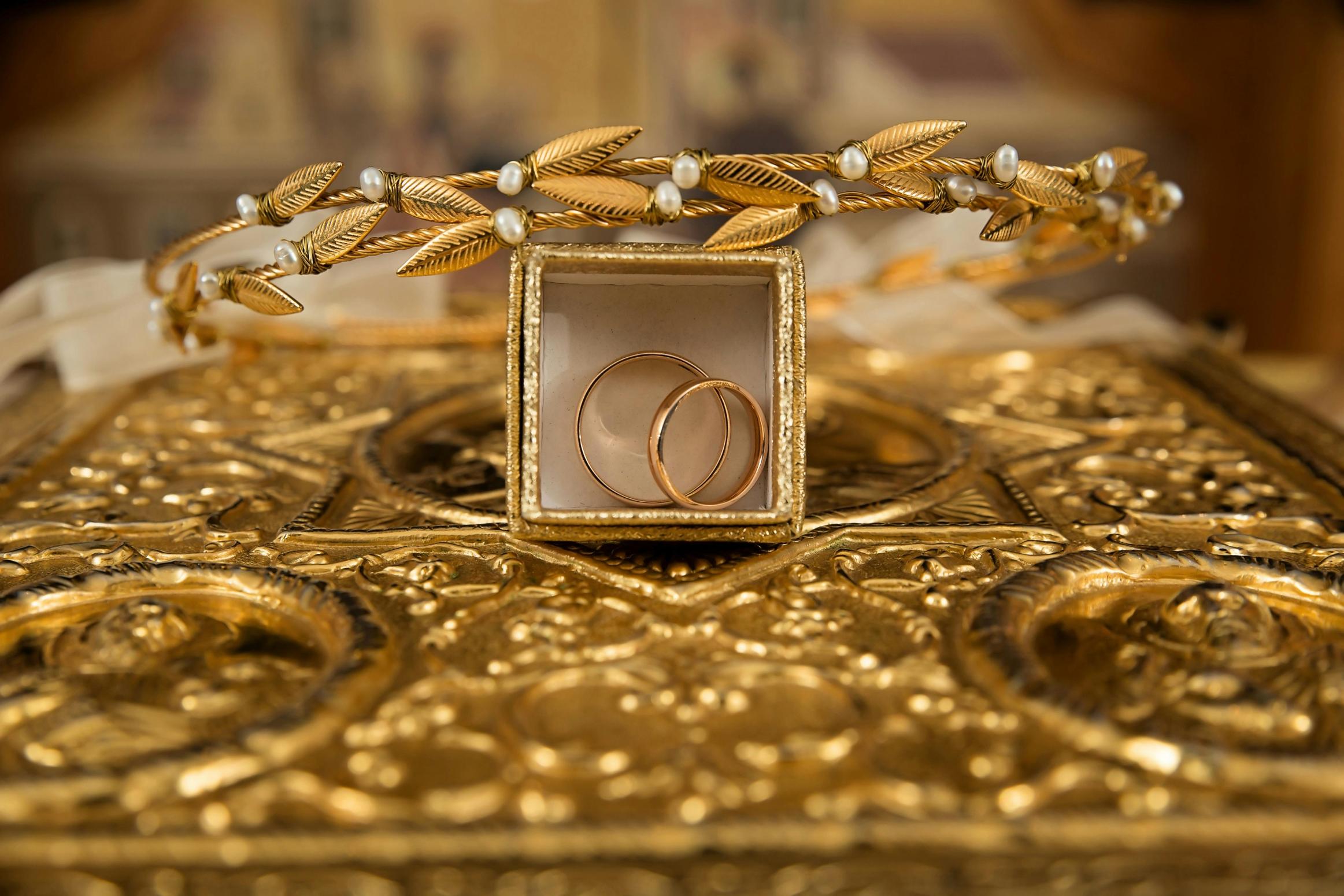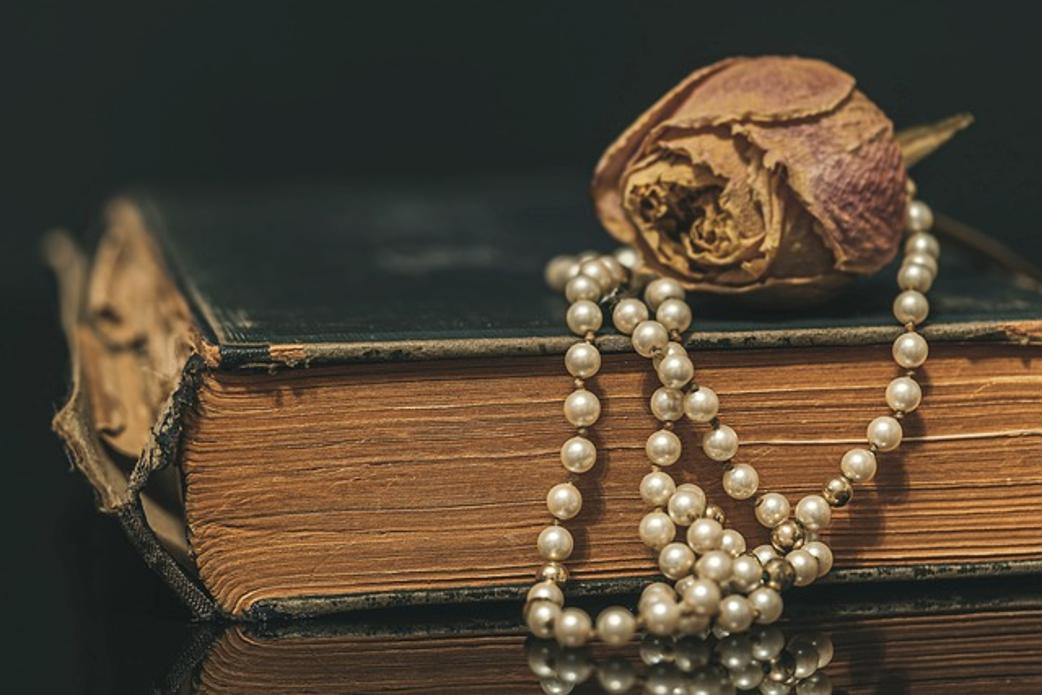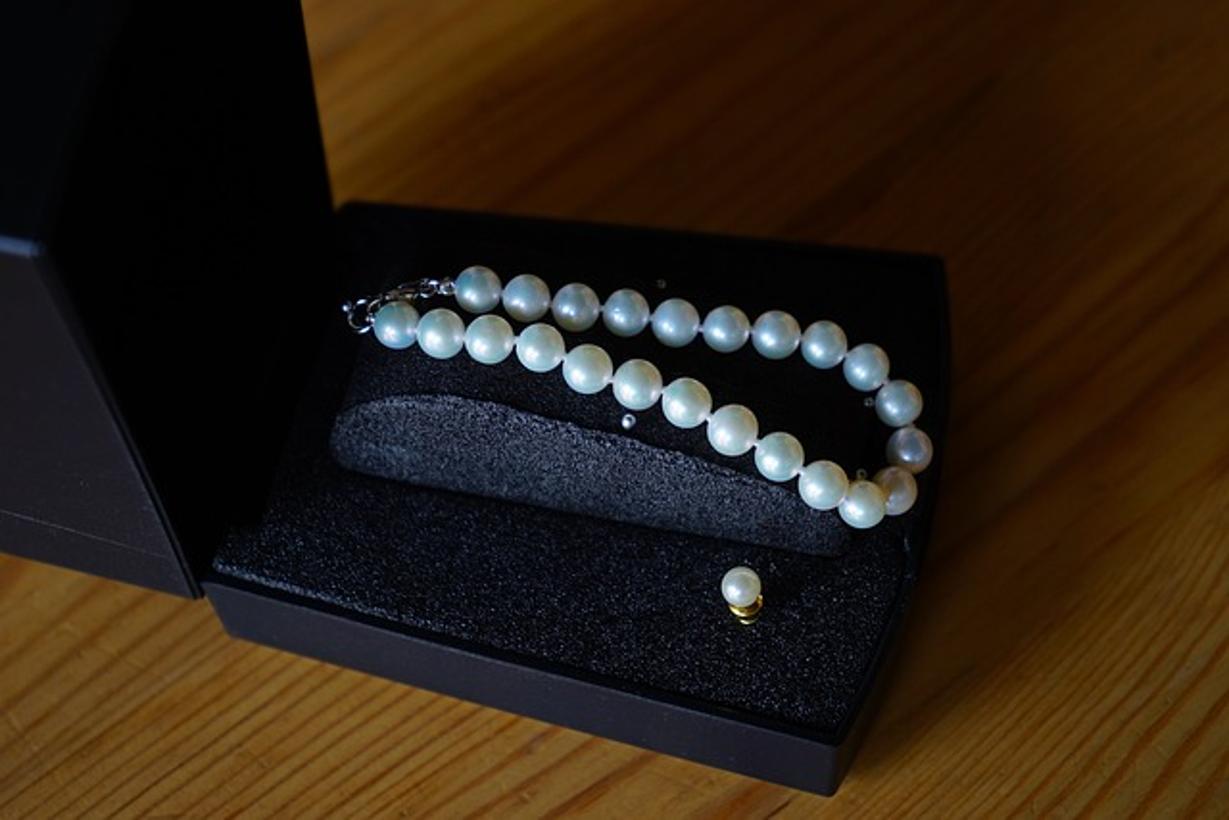Introduction
Creating a double strand pearl necklace yourself can be an immensely rewarding experience. Not only will you acquire a beautiful piece of jewelry, but you’ll also gain the satisfaction of having crafted something with your own hands. Whether you’re a novice or an advanced jewelry maker, this guide will walk you through the materials needed, the workspace preparation, and the step-by-step process to design, string, and finish your necklace.

Materials Needed
Before you get started, gather the following materials:
- Pearls: These can be freshwater, saltwater, or even faux pearls. Ensure you have enough for two strands.
- Beading thread: Choose a durable thread that complements the color of your pearls.
- Needle: A fine beading needle suitable for your thread and pearls.
- Clasp: A double strand clasp to securely hold your necklace.
- Bead board: Useful for designing and organizing your strands.
- Scissors: Sharp enough to cut the thread cleanly.
- Bead tips or knot covers: These will give your necklace a professional finish.
Having these materials ready will make the process smoother and more efficient. Each component plays an essential role in creating a stable and visually appealing necklace.
Preparing Your Workspace
Choose a clean, well-lit workspace where you can focus without distractions. Use a bead mat to prevent your materials from rolling away. Organize your tools and materials within easy reach. A clutter-free environment will help you concentrate on your creative process, ensuring your work is both precise and enjoyable.
Step-by-Step Guide to Design and Stringing
Planning Your Design
Begin by planning your design. Lay your pearls out on the bead board to visualize the final product. Arrange the pearls in two parallel lines, keeping in mind the length you desire for each strand. Typically, the first strand should be slightly shorter than the second for a cascading effect.
Stringing the First Strand
- Cut a length of beading thread, adding a few extra inches for knotting and securing.
- Thread your needle and string your pearls according to your planned design.
- Once you’ve stringed all the pearls, attach a bead tip or knot cover at each end to secure the pearls in place.
- Tie a knot at each end, ensuring it is secure and snug against the bead tip.
Stringing the Second Strand
Repeat the same steps for the second strand but adjust the length so it is slightly longer than the first. Ensure the design matches your initial plan, maintaining balance and symmetry. Secure the ends with bead tips or knot covers, similar to the first strand. Check the length once more to confirm it aligns with your design before tying the knots.
Securing the Strands Together
Hold both strands parallel and check for symmetry once more. Attach the ends of the strands to the double strand clasp. Ensure the shorter strand attaches to the innermost part of the clasp. Use pliers to firmly close the bead tips or knot covers around the clasp loops, ensuring there is no slack in the strands. Give the necklace a gentle pull to ensure everything is securely attached and that the overall structure feels stable.
Attaching the Clasp
The clasp is a critical component for wearing and removing the necklace. Open the loops on both sides of the clasp. Attach the end of each strand to the corresponding loop, ensuring the shorter strand aligns with the inner loop. Use needle-nose pliers to close the loops securely around the strands’ ends. Double-check the clasp’s operation to ensure it opens and closes smoothly.
A properly attached clasp adds the final security to your necklace, making sure it stays intact while worn.

Inspecting and Finishing Touches
Inspect your necklace thoroughly. Check for loose pearls, uneven lengths, or any weak spots in the threading. Make any necessary adjustments. If desired, add a small charm or decorative element at the clasp for a personalized touch. This final inspection ensures your necklace is ready to wear or gift.
Care and Maintenance of Your Pearl Necklace
To keep your pearl necklace in excellent condition:
- Store it in a soft cloth bag or jewelry box away from other jewelry.
- Avoid exposing it to chemicals, perfumes, and water.
- Wipe it gently with a soft cloth after each wear to remove natural oils and prevent tarnish.
Proper care will maintain the necklace’s luster and durability for years to come.

Conclusion
Making a double strand pearl necklace is not just a creative endeavor but also a fulfilling one. With careful planning, patience, and attention to detail, you can create a beautiful, personalized piece of jewelry. Enjoy the process, and wear your handmade necklace with pride, knowing it reflects your craftsmanship and creativity.
Frequently Asked Questions
What is the best type of pearl for a double strand necklace?
The best type of pearl depends on your preference and budget. Freshwater pearls are affordable and versatile, while saltwater pearls, like Akoya, offer higher luster and more uniform shapes. Faux pearls are also an excellent choice for cost-effective projects.
How do I ensure my pearl necklace is durable?
Use high-quality beading thread and secure your knots tightly. Properly attaching the clasp and periodically checking for any thread wear will also enhance the durability of your necklace.
Can I add decorative elements to my pearl necklace?
Absolutely! You can add charms, gemstone beads, or spacers between the pearls for a personalized touch. Just ensure any additions complement the overall design and do not overpower the elegance of the pearls.
